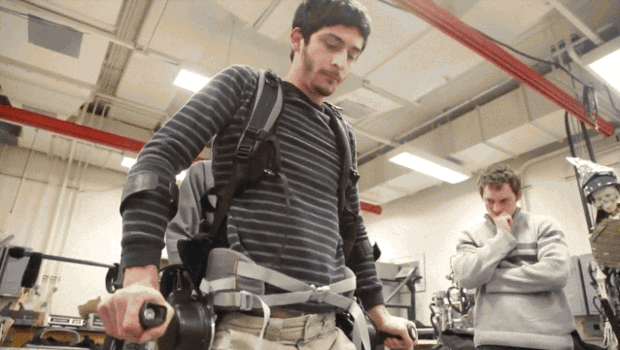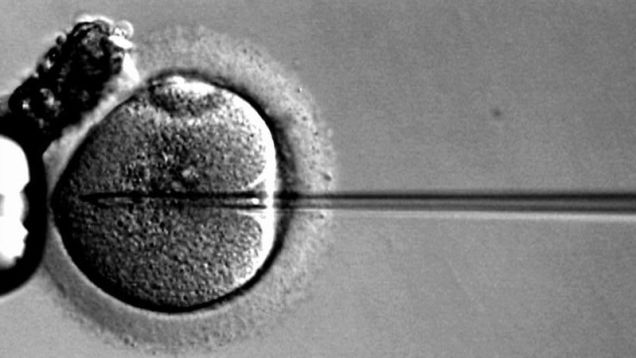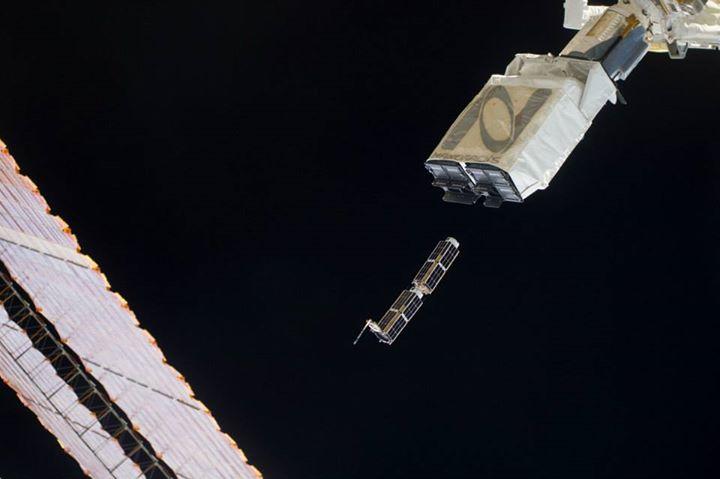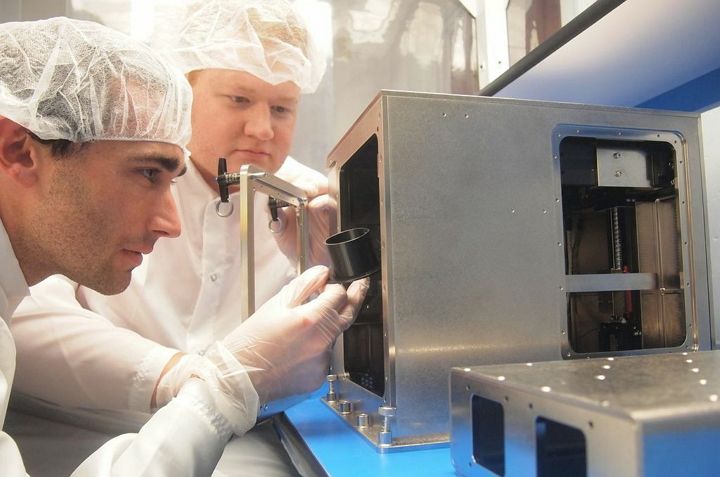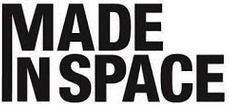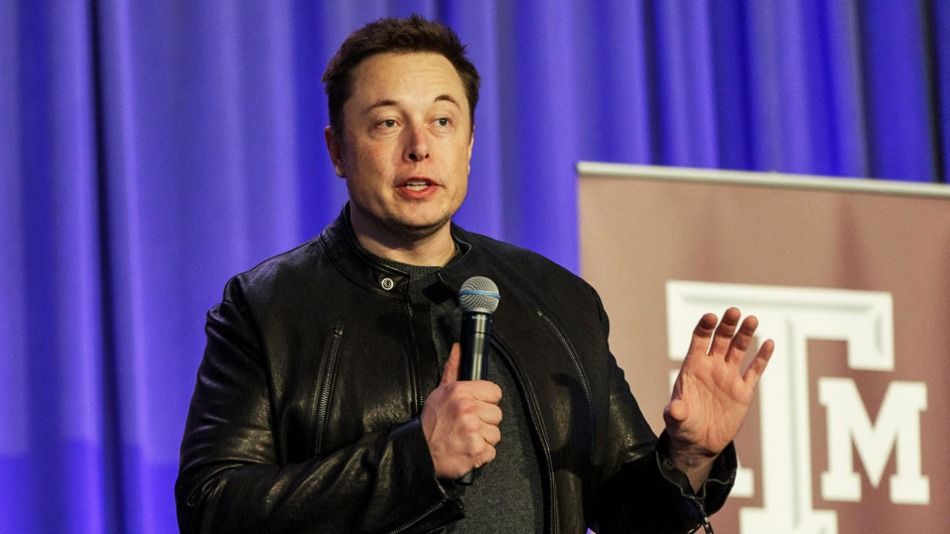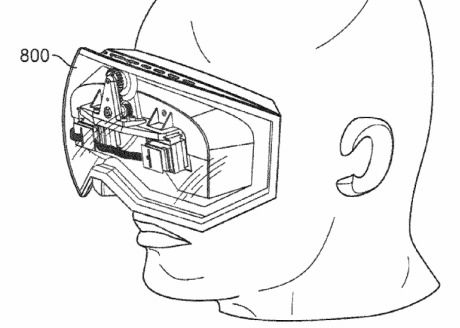Feb 1, 2016
The 9 Lives of the Dreamer & Maker: Phillipe Bojorquez
Posted by Phillipe Bojorquez in categories: bioengineering, lifeboat, robotics/AI
I gave an interview for a queer people of interest blog and plugged the lifeboat foundation. Thought I would share the information here.
Phillipe Bojorquez is an engineer, activist, and artist: He has been described as “a futurist with a community minded bent.” He is a engineer, with experience at First Dibs, Samsung, Boxee, and Canary. He is a board member of The Lifeboat Foundation, an independent research group dedicated to helping humanity survive the risks posed by new technologies. His research areas include artificial intelligence, robotics, engineering, and philosophy. Bojorquez is a past board member of CRUX, NYC’s LGBT rock climbing organization, and an early contributor and organizer of Vegans in Vegas, a yearly gathering of activists and entrepreneurs at the forefront of nutrition and sustainability.

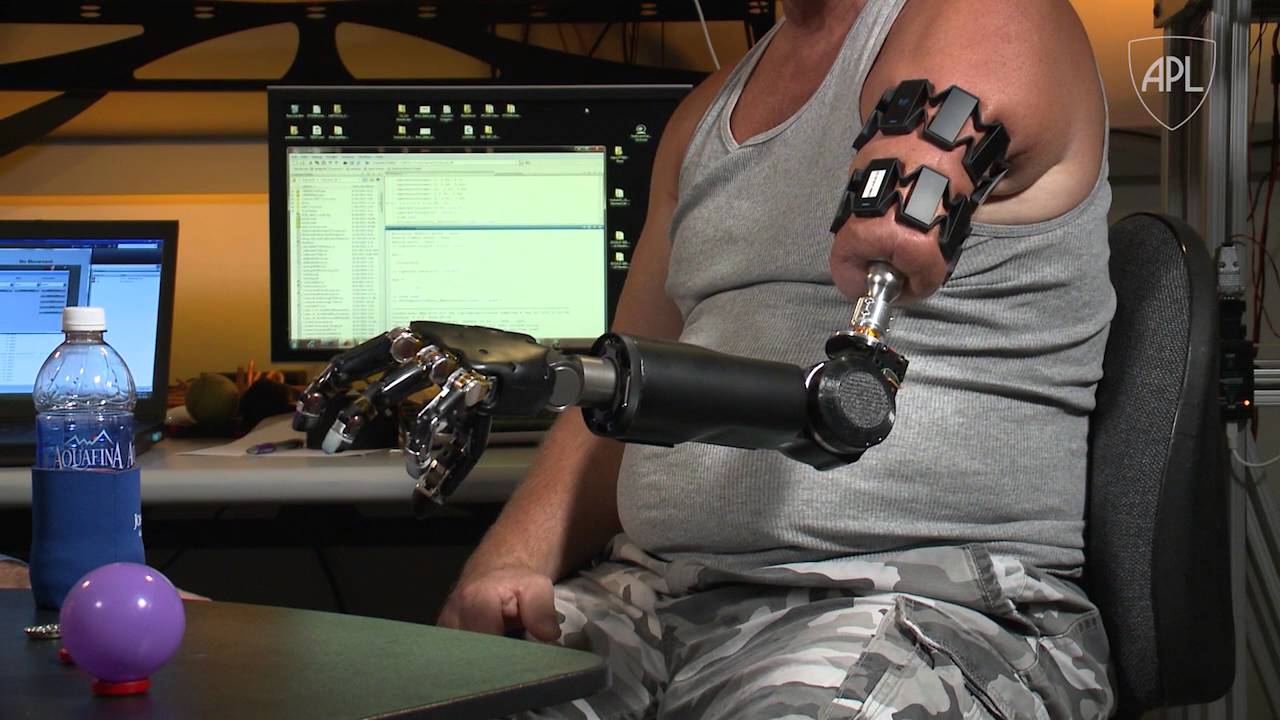
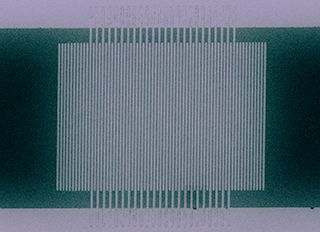
 DARPA Futurist’s visions of the future: non breakable parts and improving energy usage. Interesting, we both had worked at the National Labs.
DARPA Futurist’s visions of the future: non breakable parts and improving energy usage. Interesting, we both had worked at the National Labs.